Zone of Proximal Development in Elementary School Students with Varying Degrees of Initiative
Author(s)
Galina A. Mishina, Doctor of Sciences (Psychology), Head of the Department of Special Psychology and Correctional Pedagogy, https://orcid.org/0000-0002-8406-2246, Institute of Correctional Pedagogy of the Russian Academy of Education
Bld.1, 8 Pogodinskaya St, Moscow, 119121, Russia, tel.: +7 (499) 2450452, This email address is being protected from spambots. You need JavaScript enabled to view it.
IIrina V. Dovolnova, Methodologist of the 1st Category of the Artistic and Creative Workshop
Odintsovo Center for the Development of Culture, https://orcid.org/0000-0002-3596-7313
36 Marshal Zhukov St, Odintsovo, Moscow region, Russia, 143003, tel.: +7 (495) 5875220, dovolnova1967@mail.ru
Abstract. Introduction. The time of socio-economic changes in modern society requires active participation of a person in all areas of life. Therefore, self-realization in all types of cultural practices is an important objective at all stages of education. The problem of self-realization becomes particularly relevant for the elementary school student, when they master a new activity, i.e., learning. On the one hand, modern elementary school students strive for independence and autonomy, on the other hand, they are ready to adapt to circumstances and obey them in problem situations. Thus, it is logical to ask how to preserve individuality within the framework of acquiring cultural experience; how to teach to meet the requirements of an environment and be proactive. The study aims to examine the zone of proximal development in younger students with varying degrees of initiative in a learning experiment (by type of assistance). The term “initiative” is understood as a personal quality including emotional, communicative, creative, and cognitive blocks, which manifest themselves in a problem situation.
Methods. The study relies on the method of diagnostic learning experiment and the method of correlation analysis.
Results. The study indicates that different types of education are available to children with varying degrees of initiative. The children with low indicators of initiative are shown to have a narrower zone of proximal development compared to that in the children with an average degree of initiative; the zone of proximal development in children with high initiative is closest to actual development.
Conclusion. The results of the study expand the understanding of the personal development in the elementary school students in the context of the theory of developmental learning.
Keywords: elementary school age, initiative, lеarning, development, problem situation, zone of proximal development
For citation: Mishina G. A., Dovolnova I. V. Zone of Proximal Development in Elementary School Students with Varying Degrees of Initiative. Pedagogicheskiy IMIDZH = Pedagogical IMAGE. 2022; 16(4): 517–529. (In Russ.). DOI: https://doi.org/10.32343/2409-5052-2022-16-4-517-529
DOI: https://doi.org/10.32343/2409-5052-2022-16-4-517-529
UDС: 159.9.07






